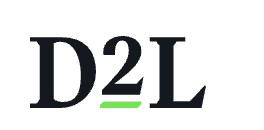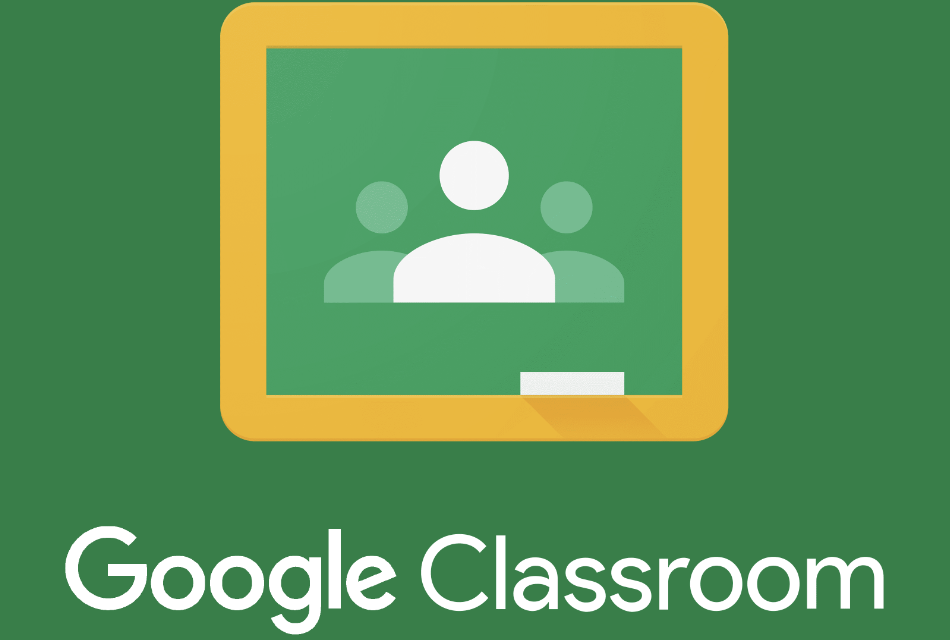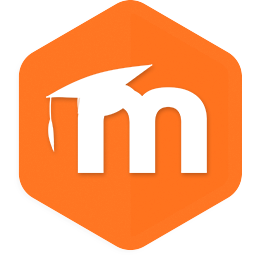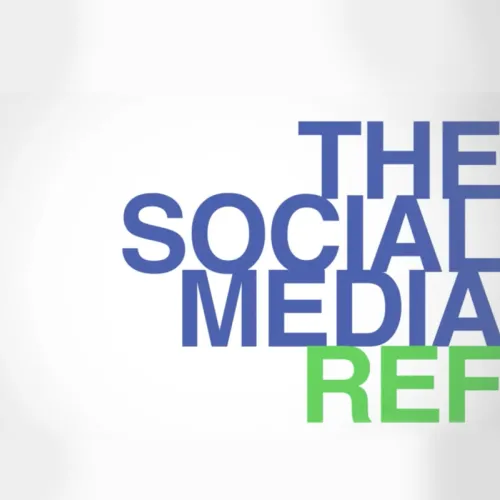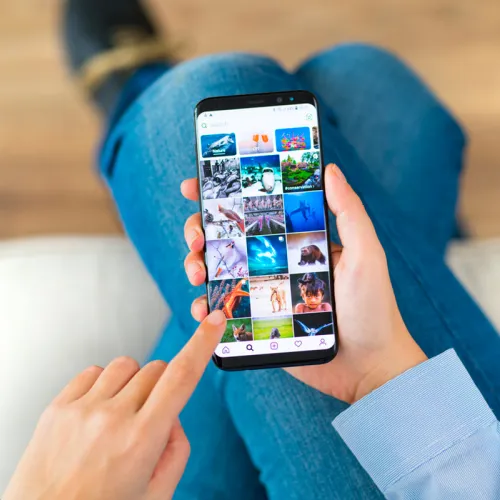Share
I come from a long line of teachers. Currently, my immediate family have nine individuals who have either taught or currently teach in elementary, secondary, or post-secondary institutions everything from ecology to psychiatric nursing, kindergarten to International Baccalaureate mathematics. From this broad spectrum of educational professionals, each of them agree: applications are innovating the way we learn.
Choosing an application all depends on the needs of a classroom. As many teachers can attest, you never get the same type of class twice. Customization is a key element in choosing the best application for your school board, classroom, or institution.
The Valedictorians:
D2L
There’s a lot of love for this Kitchener created and built learning management system (LMS). D2L is considered to be one of the leaders in educational technology. It is a LMS workhorse, able to do everything from assignment sharing to marking, online lectures to online quizzes. With a whole host of customizations available, two teachers at the same school teaching the same class and grade level can utilize the system to fit their particular class needs.
Teachable:
With a broad range of applications you can integrate with your D2L listed here, one stands outs for those looking to encourages the next generation of developers: Core Elementary Curriculum - Science. It’s Engineering & Technology sections including everything Scientific Method to Engineering Design Theory!
Bonus point:
A completely underutilized resource, D2L has an online catalog of all available free MOOCs (Massive Open Online Courses). While they are more geared towards adult learners, there’s plenty to integrate into your own teachables.
It’s no surprise that Google ends up on this list. With an entire platform for educational purposes, educators can customize their themes, curate content from the web, share assignments, mark projects, and have classroom discussions. Even the least tech-savvy can integrate Google Classroom into their teaching.
From a development standpoint, I tip my hat to Google. The amount of different programming languages one can use when accessing the API is second to none. My favourite programming language, Ruby, doesn’t often make the cut. But, much to my glee, the Google Classroom’s API comes in everything from Go to .NET, PHP to Java. This opens up a whole sets of teachables to take your use of Google Classroom to the next level.
Teachable:
A class could program their own customizations together after learning one of the languages in their computer science class - all run through Google Classroom.
Bonus point:
Google has already curated content to integrate into your learning. Check out some of their fantastic resources at the Google Cultural Institute.
Moodle
Open Source systems are big winners for us Mad Hatters. Moodle is the system of choice for institutions like Royal Roads University and Birmingham City University. With over 250 million people taking one or more of the 9.5 million courses being taught through Moodle across 229 countries, Moodle is not one to ignore.
Teachable:
Moodle has a whole section dedicated to student programmers. It includes how to guides, difficulty levels, and even a mentor per project. It’s a great way to integrate programming through a system that your students understand.
Bonus point:
This Open Source system goes a step further by having a searchable database of open classes that teachers can integrate into their own classes or that students can enroll in for the love of learning.
